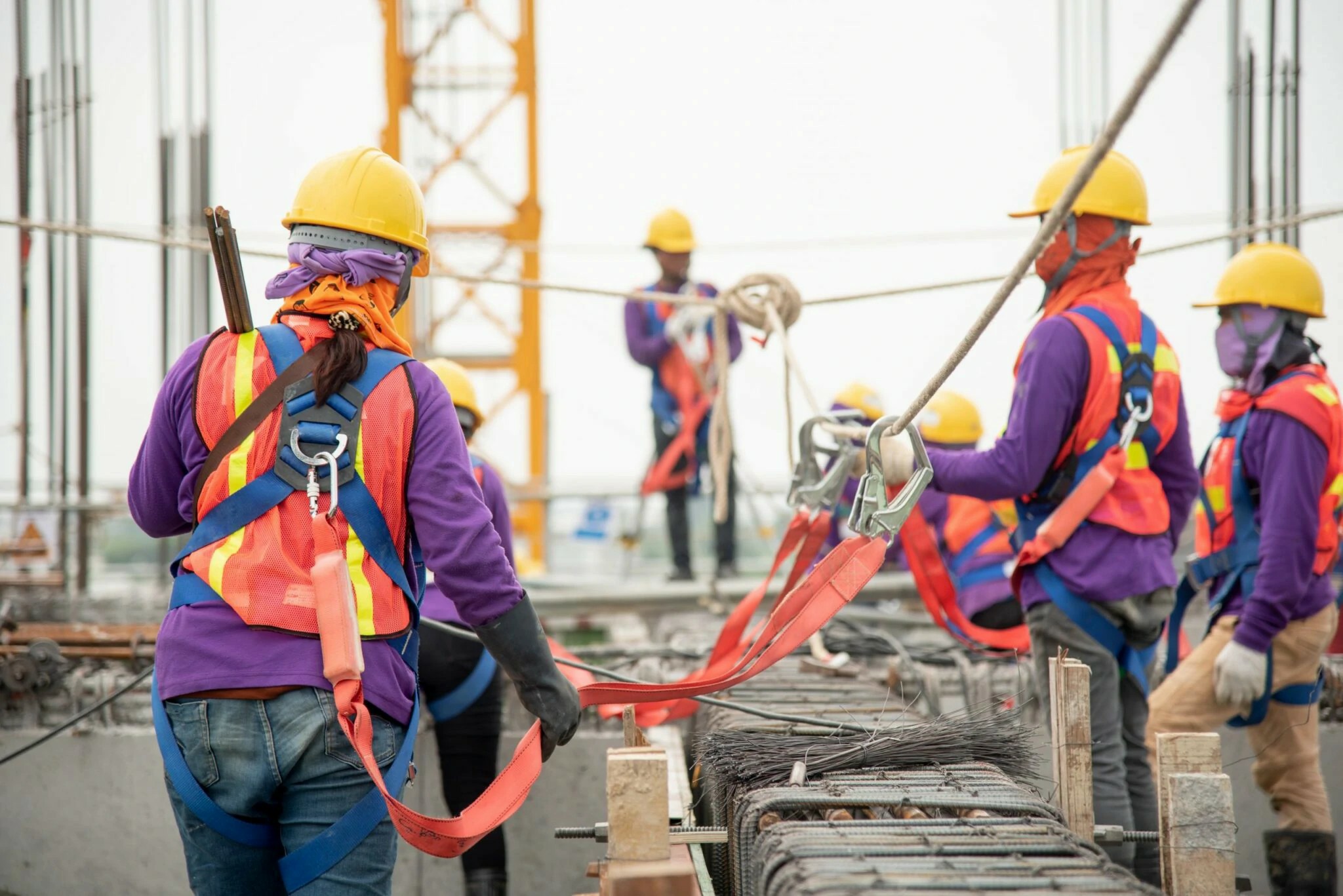


 349,500 Offered Certificates
349,500 Offered Certificates
 24/7 Online Training
24/7 Online Training
 Money Back Guarantee
Money Back Guarantee
 Fully Accredited Courses
Fully Accredited Courses

Created at: 22-02-2025 18:35
In today's competitive business landscape, workplace productivity is crucial for success. One of the often-overlooked keys to enhancing productivity lies in comprehensive safety training, particularly Working at Heights training. When employees are taught how to safely work at heights, it not only protects them but also significantly reduces accidents and associated downtime, ultimately leading to a more efficient work environment.
Accidents in the workplace can be financially devastating. According to industry statistics, workplace accidents can lead to significant costs associated with medical expenses, legal fees, insurance premiums, and lost productivity. Specifically, accidents can lead to:
But by investing in Working at Heights training, companies can drastically reduce these costs through enhanced safety protocols.
When employees are adequately trained to work safely at heights, the occurrence of accidents significantly decreases. This reduction leads to less downtime, allowing projects to stay on schedule. A study revealed that organizations implementing Working at Heights safety courses saw a reduction in work-related injuries by up to 50%. This kind of proactive measure not only saves lives but also reduces the number of days lost to injuries, leading to a more productive workforce.
Effective safety training fosters confidence among workers. Knowing they possess the skills to handle dangerous tasks like working at heights empowers employees, encouraging a proactive attitude towards safety. As workers become more confident in their abilities:
Furthermore, with courses such as the Working at Heights online course, employees can receive crucial training tailored to their schedule, ensuring they are equipped to handle their tasks safely and effectively.
Training in Working at Heights safety creates a culture of safety-first mentality that extends beyond just legal compliance. It enables organizations to streamline their safety protocols and create a systematic approach to hazard identification and risk management. A solid training program can lead to:
Companies actively pursuing Working at Heights certification Ireland not only comply with regulations but also set themselves apart as industry leaders concerned with worker welfare.
Numerous companies have successfully improved their workplace productivity through Certified Working at Heights training. For instance, a construction firm in Dublin reported a 30% improvement in project delivery times after implementing rigorous working at heights training sessions. This substantial increase in efficient project delivery was attributed to the reduction in accidents and the resulting downtime.
Similarly, a roofing company in Cork noted that after requiring all employees to complete a Working at Heights safety course, their accident rate dropped by nearly 60%, leading not just to safer work conditions but also quicker project completions.
Safety training does not end after the initial certification. Continuous education in working practices at heights is vital to keep up with changing regulations and emerging best practices. Ongoing training ensures that all workers remain compliant with safety procedures, minimizing potential hazards.
Employers should consider implementing regular refresher courses, such as a Working at Heights course online or in-person training sessions. This commitment to safety training helps employees stay informed and prepared to tackle the evolving challenges of their work environment without compromising their safety.
Investing in Working at Heights training not only fulfills legal obligations but also dramatically enhances workplace productivity. By reducing accident-related downtime, boosting worker confidence, and streamlining safety protocols, companies can cultivate a safer and more efficient work environment that benefits everyone involved.
Don't wait for an accident to happen. Prioritize safety in your organization today. For more information on how to enroll your team in Working at Heights training, visit Ireland Safety Training or contact us at [email protected].